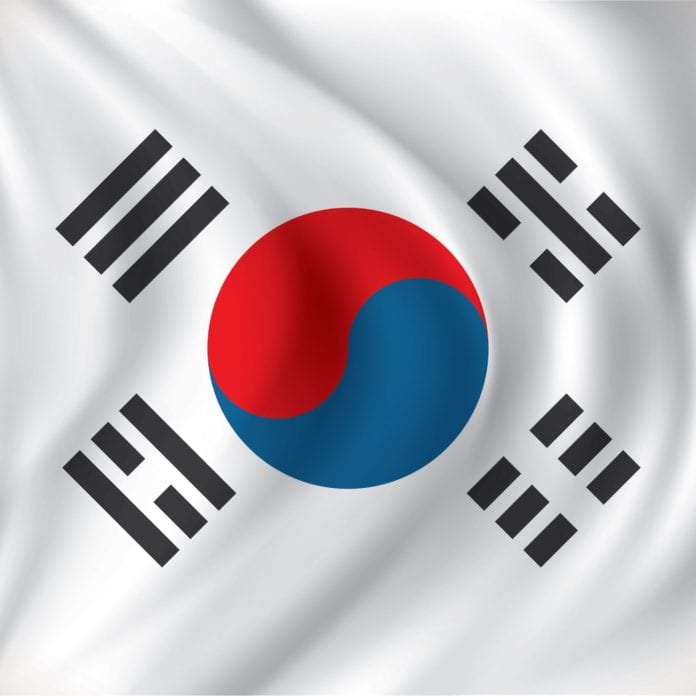Korean telco KT has gained more than 100,000 5G subscribers since the company launched commercial services at the end of April, the carrier’s CFO Kyung-Keun Yoon said during a conference call with investors.
The executive said that more than 80% of 5G subscribers are selecting rate plans above KRW 80,000 ($68).
“The initial ARPU that we are seeing is quite high, but we will be able to understand the actual trend as we see the increase in number of subscribers,” he said.
“At this point, 5G market is defined as a premium market based on a strategic handset as well as characterized by high end rate plans. Depending on the coverage expansion and more addition of handsets to the 5G handset line-up, I believe that the speed of 5G subscriber acquisition will change,” the executive added.
The telco launched the service with a total of 37,500 base stations. The carrier said that its 5G commercial offering will be available in 85 major cities nationwide by the end of 2019. KT’s overall capex for this year will reach KRW 3.3 trillion, which includes investments to expand 5G coverage across Korea.
Local carriers KT, LG Uplus and SK Telecom kicked off commercial 5G services at the beginning of April. The three telcos currently have 260,000 5G subscribers, according to recent statistics from the government.
According to previously reported information from government officials, the deployment of nationwide 5G networks will be fully completed in 2022 or 2023.
The three Korean carriers launched limited 5G commercial services in December 2018 as part of an agreement with the ICT ministry to launch simultaneously to avoid excessive competition. The three mobile carriers initially launched the 5G service in limited areas in Seoul.
In June 2018, South Korea completed a tender process through which it awarded spectrum in both the 3.5 GHz and 28 GHz bands. The government made available a total of 280 megahertz in the 3.5 GHz spectrum band and 2,400 megahertz in the 28 GHz band. The spectrum was divided into 28 blocks and 24 blocks.
Participant operators SK Telecom, KT, and LG Uplus had a 10-block cap per spectrum band. The telcos paid a total of KRW 3.6 trillion ($3.3 billion) for the spectrum, 340 billion won higher than the starting price of 3.3 trillion won.
The 3.5 GHz band licenses cover a ten-year period and the 28 GHz band licenses a five-year term.

